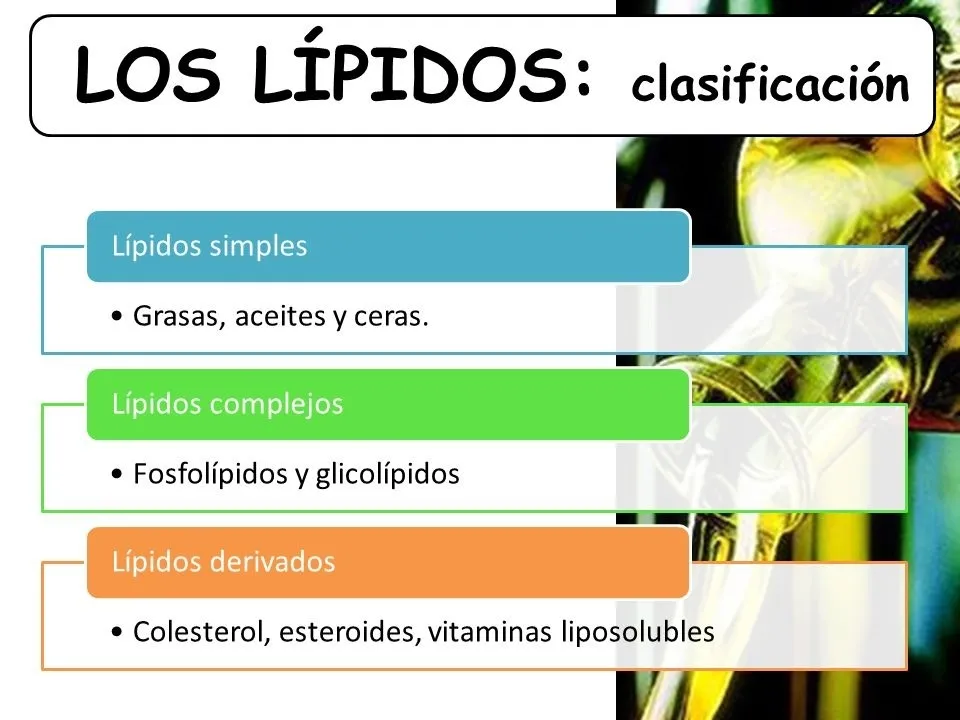Researchers at the University of Geneva (UNIGE) and of the University Hospitals of Geneva (HUG) have analyzed the blood profiles of dozens of patients with diabetes or prediabetes, or who had partially removed the pancreas, and have made two discoveries thatThey may have important implications in the treatment of diabetic patients.
These scientists have discovered in the first place that the lipid composition of blood and adipose tissue fluctuates during the day and is altered in a manner dependent on the day in diabetics, which have higher levels of toxic lipids.And they have also proven that a type of lipid, the smooth, has the ability to increase insulin secretion when beta cells that normally produce it fail.The results of the study have been published in the magazines Cell Reports Medicine and Diabetes.
The latest generation tools, such as mass spectrometry, allow researchers simultaneously measuring levels of several hundred types of lipids, each with specific characteristics and beneficial or harmful effects on human metabolism.“Identifying which lipids are more present in type 2 diabetics could serve as a basis for a wide range of interventions: early detection, prevention, possible therapeutic objectives or personalized recommendations.The possibilities are immense, ”says Charna Dibner, professor of the Department of Surgery, and Pierre Maechler, professor of the Department of Cellular Physiology and Metabolism of the Faculty of Medicine of UNIGE, and members of the center of the Faculty of Diabetes, who have directed thestudies.
personalized treatment of diabetes depending on the chronotype
The team led by Professor Charna Dibner, a specialist in circadian rhythms in metabolic disorders, performed a “lipidomic” analysis of two groups of patients to establish the profile, in a 24 -hour cycle, of numerous lipids present in the blood and tissuesadipose."The differences between lipid profiles of type 2 diabetics and people without diabetes are especially pronounced early in the morning, when there is an increase in certain toxic lipids," he explains."Because?We don't know it yet.But this could be a marker of the gravity of diabetes and paves the way for personalized attention according to the specific chronotype of each patient. ”
The implications of their findings go beyond diabetes: if the samples are taken at very different times of the day, the results can be distorted and contradictory."The same thing happens in the clinic: an exam performed in the morning or at night, or a treatment performed at different times, can have an impact on the diagnosis, and even in the effectiveness of the treatments."
"Identify what lipids are more present in type 2 diabetics could serve as a basis for a wide range of interventions: early detection, prevention, possible therapeutic objectives or personalized recommendations"
Dibner and Maechler expanded their lipidomic analysis to also include a mouse model with prediabetes and patients who had lost about half of their beta cells of insulin producers after surgery."We discover that a type of lipid - the smoothness - increases when there is a strong decrease in functional β cells, even before the appearance of clinical symptoms of diabetes."
Then, scientists administered smoothly to diabetic mice and observed an increase in insulin production."The same phenomenon occurred in vitro, in pancreatic cells of diabetic patients," adds Pierre Maechler.“Therefore, the lysopi have the ability to reinforce the secretion ofInsulin acting as a crutch when the number of beta cells decreases, or when these cells work badly.However, certain foods, such as legumes, naturally contain Lisopi precursors. ”
Diabetes is a complex disease that requires a much more personalized treatment than the current one and by revealing the unsuspected role of the lysoopi, researchers can explore new paths based on their discoveries.The development of dietary accessories, or even specific molecules of smooth receptors, could be an interesting strategy to control diabetes, as well as a better consideration of the chronobiological profiles of patients.


